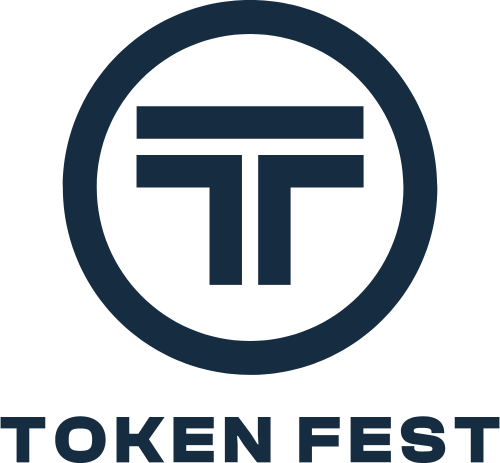Key Takeaways:
- Utility Token: BNB (Build and Build) is the native cryptocurrency of the Binance ecosystem, offering various utilities such as trading fee discounts, staking, and powering decentralized applications.
- BNB Chain: Comprising the BNB Beacon Chain and BNB Smart Chain, it supports smart contracts, DeFi projects, and NFTs.
- Tokenomics: BNB has a maximum supply of 200 million coins, with regular burn events reducing the circulating supply to increase scarcity.
- Current Market Status: As of April 11, 2025, BNB is trading at approximately $582.23, reflecting a 0.85% increase from the previous day.
- Future Outlook: With ongoing developments and integrations, BNB continues to play a significant role in the expanding crypto landscape.
Understanding BNB: The Backbone of Binance
BNB, originally launched in 2017 as Binance Coin, has evolved into a multifaceted utility token within the Binance ecosystem. Initially issued as an ERC-20 token on Ethereum, BNB transitioned to Binance’s own blockchain, now known as the BNB Chain, enhancing its functionality and scalability.
The BNB Chain consists of two components:
- BNB Beacon Chain: Handles governance, including staking and voting mechanisms.
- BNB Smart Chain (BSC): Supports smart contracts and is compatible with the Ethereum Virtual Machine (EVM), facilitating the development of decentralized applications (dApps).
BNB’s Role in the Crypto Ecosystem
BNB serves multiple purposes within and beyond the Binance platform:
- Trading Fee Discounts: Users holding BNB can receive discounts on trading fees when transacting on Binance.
- Staking and Earning: BNB holders can stake their tokens to earn rewards or participate in various earning programs.
- Transaction Fees: BNB is used to pay for transaction fees on the BNB Chain, similar to how ETH is used on Ethereum.
- Participation in Token Sales: BNB is often required to participate in token sales on Binance Launchpad.
- DeFi and NFTs: BNB powers numerous DeFi platforms and NFT marketplaces within the BNB Chain ecosystem.
Visual Insight: BNB Price Chart
Source: CoinGecko
Tokenomics and Burn Mechanism
BNB has a maximum supply of 200 million coins. To manage inflation and increase scarcity, Binance conducts regular burn events, permanently removing a portion of BNB from circulation. These burns are designed to occur quarterly, based on the trading volume on Binance’s exchange.
How to Acquire and Store BNB
Acquiring BNB:
- Centralized Exchanges (CEXs): Platforms like Binance, Binance.US, and other reputable exchanges list BNB for trading.
- Decentralized Exchanges (DEXs): BNB can be traded on DEXs operating on the BNB Chain.
Storing BNB:
- Hardware Wallets: Devices like Ledger or Trezor offer secure offline storage.
- Software Wallets: Applications such as Trust Wallet or MetaMask support BNB and provide user-friendly interfaces.
BNB’s Future Prospects
BNB continues to expand its utility and integration within the crypto space. With the BNB Chain’s ongoing developments, including enhancements in scalability and security, BNB is poised to maintain its relevance and importance.
Conclusion: Embracing BNB in Your Crypto Journey
BNB stands as a testament to the dynamic nature of cryptocurrencies, evolving from a simple utility token to a cornerstone of a vast blockchain ecosystem. For those venturing into the crypto world, understanding and utilizing BNB can offer numerous benefits, from trading efficiencies to participation in innovative decentralized applications.
Disclaimer: This article is for informational purposes only. It is not financial advice. Always do your own research (DYOR) before investing in cryptocurrencies.

Alma Sarah is a freelance writer and marketing consultant. Alma specializes in content marketing, SEM, SEO and social media strategy. When she’s not writing, Alma enjoys hanging out with friends, cooking, and spending time with her family.




